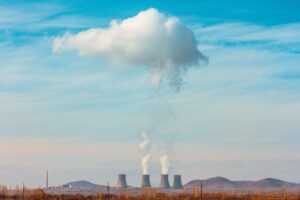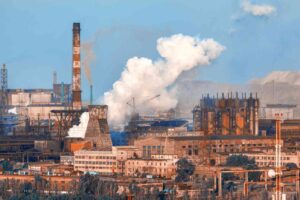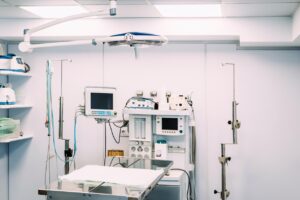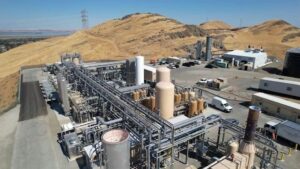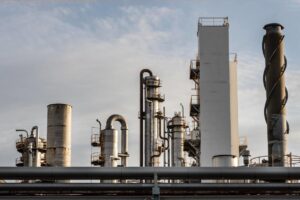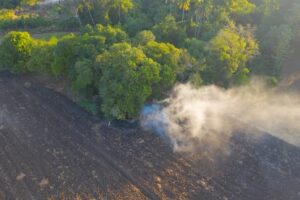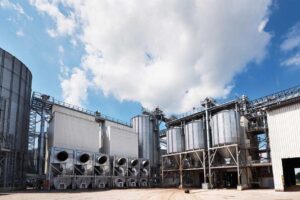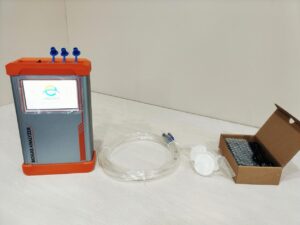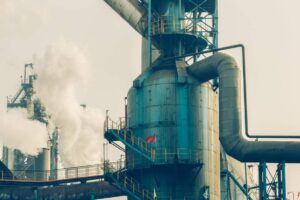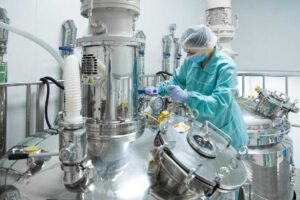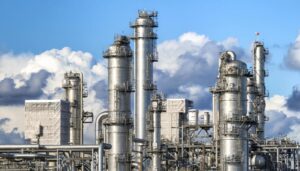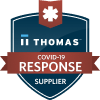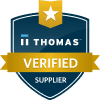Hydrogen chloride (HCl) is a corrosive, highly soluble acid gas that can eat through equipment, trigger alarms, and cause non-compliance if it slips past your controls. The risk escalates in hot, wet, dusty stacks, where condensation and cross-interference can skew readings, leading to wrong process moves or fines. The practical fix is an industrial HCl gas analyzer engineered for selectivity and fast response, giving operators defensible numbers for safety, process efficiency, and emissions reporting.
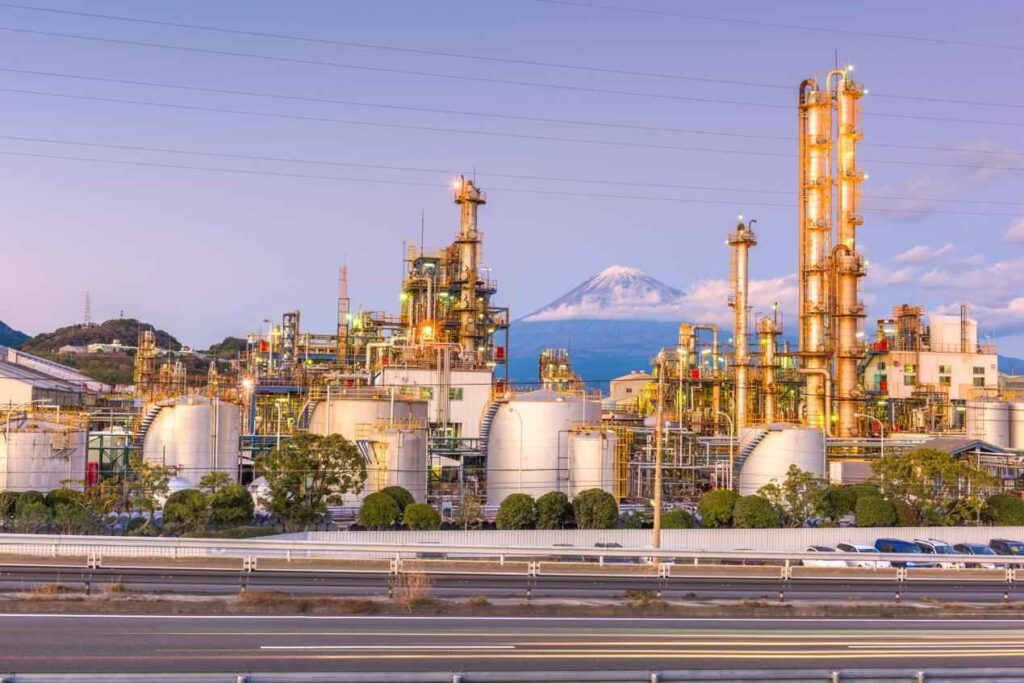
An HCl gas analyzer is an online or portable instrument that quantifies hydrogen chloride in process or flue gas using optical spectroscopy—typically TDLAS (tunable diode laser absorption) for targeted, interference-resistant measurement, or FTIR for broader multi-gas coverage. Industrial models commonly offer configurable ranges such as 0–50/100/500 ppm, 0.1 ppm display resolution, ±1% FS accuracy, <15 s response at ~3 L/min flow, heated sampling (≥180 °C) to avoid acid dew-point condensation, and 4–20 mA plus RS232/RS485 outputs for DCS/PLC integration. (esegas.com)
Below, we’ll unpack how these analyzers work, what the key specifications mean in day-to-day operation, how to install and sample correctly, where they add the most value across industries, and how to select and maintain a system that stays compliant and dependable.
How does an HCl gas analyzer work (TDLAS vs. FTIR)?
The problem: conventional wet chemistry or poorly conditioned probes can be slow and easily biased by moisture and dust. The stakes: false lows risk fines; false highs waste reagent and disrupt quality. The solution: optical analyzers—either a TDLAS HCl analyzer for pinpoint selectivity on an HCl absorption line, or FTIR for simultaneous multi-component measurement.
- TDLAS (tunable diode laser absorption). A narrow-band laser scans a specific HCl line; the analyzer fits the absorption feature to yield concentration with high selectivity and immunity to common interferents. It excels when you need rapid, targeted HCl control (e.g., scrubber optimization) with minimal cross-talk. Many systems come as online cabinets or portable units, including trace-level variants (ppb range). (esegas.com)
- FTIR (Fourier transform infrared). A broadband IR source and spectrometer quantify multiple gases, including HCl, from their spectra—ideal for complex emissions where multi-acid and organic species are relevant. Trade-off: broader capability, typically with more attention to spectral modeling and maintenance.
| Aspect | TDLAS HCl analyzer | FTIR analyzer |
| Primary strength | High selectivity on HCl line; fast response | Multi-gas coverage in one box |
| Typical use | Targeted HCl control, CEMS checks | CEMS with many species, R&D |
| Interference immunity | Strong (line-selective) | Managed via spectral fitting |
| Maintenance | Generally low | Moderate (optics, spectra) |
ESEGAS notes both TDLAS and FTIR as the main technologies for HCl monitoring and offers multiple TDLAS configurations, including portable and trace models. (esegas.com)
Which specs actually matter—and why?
The problem: numbers on a datasheet don’t always translate to reliable compliance data. The risk: missing transients or drifting off-spec. The fix: focus on the handful of parameters that determine data integrity in real stacks.
- Range & resolution. Common factory ranges: 0–50/100/500 ppm (customizable), with 0.1 ppm display resolution—covering low-level emissions up to upset events. (esegas.com)
- Accuracy & precision. ±1% FS accuracy with ~1 ppm precision supports defensible reporting and tighter control loops. (esegas.com)
- Response time. <15 s at ~3 L/min helps catch spikes during load shifts or reagent swings—crucial for closed-loop scrubbing. (esegas.com)
- Sampling temperature. Keep the sample ≥180 °C to stay above the acid dew point and prevent HCl loss to condensation; otherwise readings bias low. (esegas.com)
- I/O & power. Standard 4–20 mA (isolated) and RS232/RS485 simplify DCS/PLC integration; universal 90–240 VAC supply eases installation. (esegas.com)
- Warm-up & environment. Expect ~30 min warm-up; ambient rating around -10 to 50 °C and 0–90%RH is typical for analyzer shelters. (esegas.com)
How should I install and sample to avoid condensation and drift?
The problem: HCl dissolves readily; any cold spot becomes a sink. The consequence: chronic negative bias and rework. The solution: heated extraction, short paths, and robust filtration designed for acid gases.
- Heated extraction (common for a TDLAS HCl analyzer cabinet). Use a heated probe and heated sample line to the analyzer, all held above 180 °C. Include inert, corrosion-resistant wetted materials and appropriate particulate filtration. This configuration is well-suited to high dust and wet gas. (esegas.com)
- In-situ/short-path options. Where feasible, minimize contact surfaces and avoid long cold runs.
- Integration best practices.
- Tie 4–20 mA and RS485 into the PLC with diagnostic bits (flow/temperature alarms).
- Schedule routine zero/span checks; log sample temperature continuously.
- Place the tap to representatively capture post-scrubber gas without liquid carryover.
Where is an HCl analyzer used—and what value does it unlock?
The challenge: each industry has unique matrices—acid mists, chlorides, SOx/NOx—making background shifts common. The risk: reagent waste or compliance gaps. The remedy: deploy a TDLAS HCl analyzer at points that influence permits, safety, and product quality.
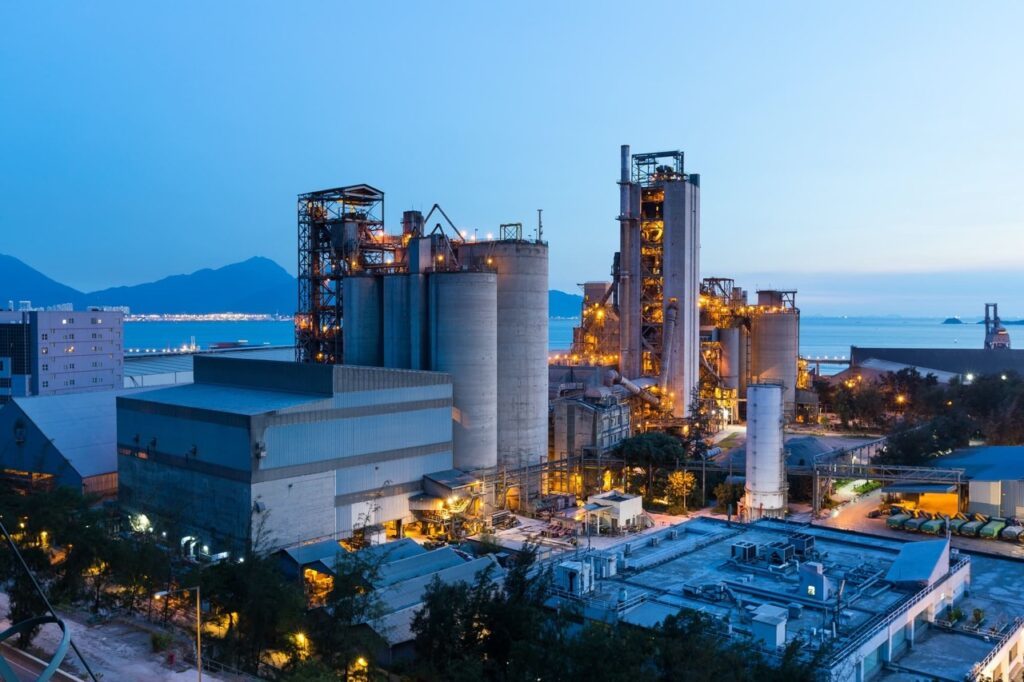
- Waste-to-energy & power CEMS. Verify acid gas scrubbing efficiency across the absorber; tune reagent feed and document emissions with fast, selective HCl readings. (esegas.com)
- Cement & glass. Trend kiln tail gases to optimize chloride management and protect downstream equipment.
- Semiconductor fabs. Track abatement performance on etch/clean tools; a TDLAS HCl analyzer helps detect abatement slip quickly without cross-talk from co-emitted gases. (esegas.com)
- Chemical production. Monitor chlorination steps and by-product HCl; safeguard personnel and assets with continuous alarms and interlocks.
- Environmental monitoring & studies. Characterize background HCl and episodic releases; pair with meteorology for source insight.
How do I select the right HCl Gas Analyzer for my site?
The problem: buying a general-purpose unit that doesn’t fit your matrix. The cost: retrofits and downtime. The solution: align analyzer capability to process conditions and compliance requirements from day one.
- Match to range dynamics. If you expect frequent low-level operation with rare spikes, choose ranges like 0–50 ppm with auto-scale to 100/500 ppm; consider trace variants for ppb needs (e.g., fabs). (esegas.com)
- Prioritize selectivity. For single-species control of scrubbing, a TDLAS HCl analyzer maximizes interference immunity; for many species, consider FTIR. (esegas.com)
- Check sampling architecture. Ensure a heated sample train and compatible materials for acid service; validate utility loads and shelter HVAC.
- I/O & cybersecurity. Confirm 4–20 mA counts, RS485/Modbus needs, remote diagnostics, and alarm strategy.
- Compliance alignment. Map analyzer specs (response, accuracy, availability) to your permit and QA/QC plan.
What are the best practices for operation, calibration, and uptime?
The worry: slow drift, clogged filters, or cold spots erode data trust. The impact: wasted reagent, nuisance trips, audit findings. The solution: disciplined QA/QC built into your routine.
- Routine checks. Perform periodic zero/span audits; document recovery time and linearity.
- Keep it hot and clean. Verify probe/line temperatures, replace filters on differential-pressure cues, and inspect condensate traps if present.
- Diagnostics & spares. Trend sample flow, cell pressure, and detector signals; stock critical parts (windows, filters, pumps).
- Data integrity. Time-sync with the plant historian; record alarms and maintenance in an auditable log.
Conclusion
An HCl gas analyzer—especially a TDLAS HCl analyzer where high selectivity and speed are essential—turns corrosive uncertainty into actionable control: you maintain scrubber efficiency, protect assets, and meet emissions limits with confidence. By focusing on the right specs (range, accuracy, response), maintaining a heated sampling path, and aligning the solution to your process, you’ll capture reliable data that stands up in both operations and compliance reviews. For reference configurations and detailed specs—including ranges (0–50/100/500 ppm), <15 s response, heated sampling ≥180 °C, and standard 4–20 mA/RS232/RS485 outputs—see the ESEGAS HCl analyzer portfolio. (esegas.com)






